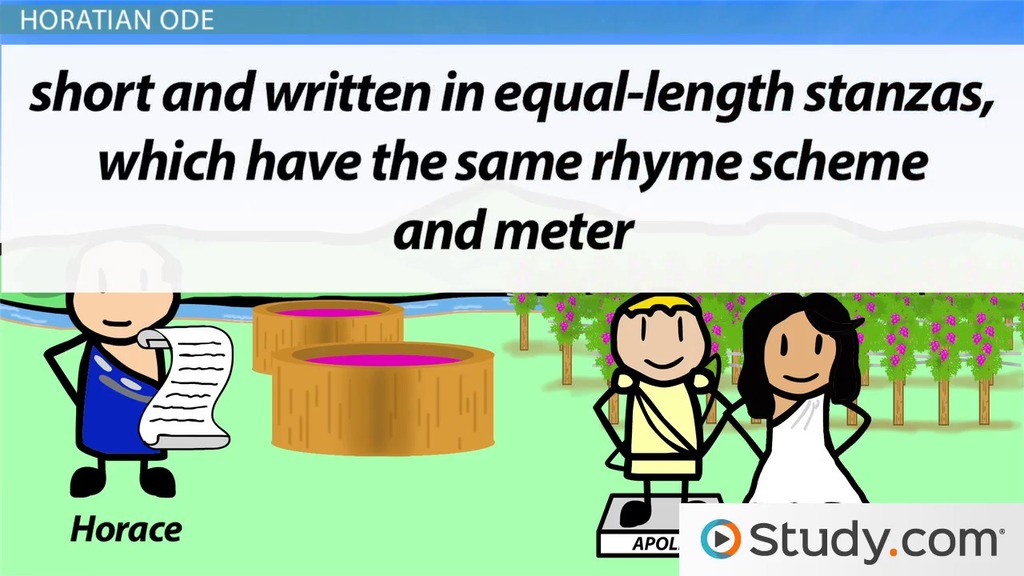

You don’t want the truth because deep down in places you don’t talk about at parties, you want me on that wall - you need me on that wall. The following lines from A Few Good Men are another great example of how antistrophe can be used in film. Together, he implies, today won’t be the day when “the age of men comes crashing down.” He repeats the words “but it is not this day” as a means of reminding those around him that this is their last chance to defend their world. Here, Aragorn is speaking to his remaining army, inspiring them into battle at the end of the film. An hour of wolves and shattered shields, when the age of men comes crashing down, but it is not this day. The lines read:Ī day may come when the courage of men fails, when we forsake our friends and break the bonds of fellowship, but it is not this day.
#Strophes in a sentence movie
Tolkien’s famous novel of the same name, The Return of the King contains one of the most commonly quoted movie speeches. The moment to bridge the chasms that divide us has come.” -Nelson MandelaĪntistrophe Examples in Film The Return of the Kingīased on J.R.R. “The time for the healing of the wounds has come.There’s not a black America and white America and Latino America and Asian America there’s the United States of America.” -President Barak Obama “I say to them tonight, there’s not a liberal America and a conservative America, there’s the United States of America.“Government of the people, by the people, for the people.” -Abraham Lincoln.Everything, he suggests, has a place and is in its place, adding to the overall tone of peace infused into these lines.īelow are a few quotes from important political speeches and documents in which readers can find examples of antistrophe.

The palpable is in its place and the impalpable is in its place.)Īt the end of each line in this excerpt, Whitman uses the word “place.” This helps the poet emphasize the importance of his “place” in the world in these lines. The bright suns I see and the dark suns I cannot see are in (The moth and the fish-eggs are in their place,

Repetition is one of the most important literary devices that Whitman uses throughout his long poem, ‘Song of Myself.’ Below are a few lines that demonstrate antistrophe: The use of “I’ll be there” emphasizes this point, especially as it is repeated three times at the ends of three different lines. Therefore, even if he does get hurt, he’ll still be there in some form. He explains that she shouldn’t worry about him getting hurt because he thinks he shares a piece of a larger soul. In these lines, the speaker, Tom Joad, is speaking to his mother. An’ when our folks eat the stuff they raise an’ live in the houses they build - why, I’ll be there. If Casy knowed, why, I’ll be in the way guys yell when they’re mad an’ - I’ll be in the way kids laugh when they’re hungry an’ they know supper’s ready.

Wherever they’s a cop beatin’ up a guy, I’ll be there. Wherever they’s a fight so hungry people can eat, I’ll be there. In the following lines of John Steinbeck’s best-known novel, The Grapes of Wrath, readers can find a great example of antistrophe. Juno is singing her blessing in this section, and Shakespeare’s use of the technique helps make the lines more effective.Įxplore more of William Shakespeare’s poetry. The use of the technique in this passage helps create the song-like sound that these lines need. In this excerpt, there is a clear example of antistrophe seen through the use of “you” at the ends of lines three, four, eleven, and twelve. The lines are spoken by the character of Juno. There’s a well-known example of antistrophe in the following lines from Shakespeare’s The Tempest. The antistrophe was considered an act of balance, offsetting the strophe, which was sung from east to west.Įxamples of Antistrophe in Literature The Tempest by William Shakespeare The word “antistrophe” comes from the Greek meaning “a turning back.” It traditionally refers to an ode sung by a chorus in its returning movement from west to east.


 0 kommentar(er)
0 kommentar(er)
